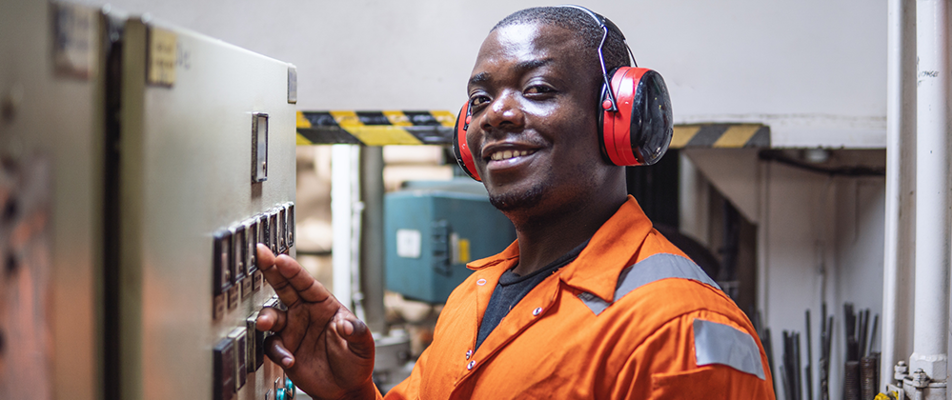Share your Safety incident
Ensure the industry learns the lessons

Explore 0 Safety Flash entries shared freely with the industry to ensure lessons are learned, as part of our mission to improve performance in offshore delivery.
We're in the process of transferring our extensive archive of Safety Flashes to the site. Please bear with us while we complete this exercise.
Individual entries can be downloaded as a PDF to easily share and print within your own organisation. Fully searchable for quick reference, Safety Flashes are tagged by Life Saving Rule. What are these?
Total entries found: 2273
Sorted by:
A crew member was injured when their hand was trapped between a wire clamp on the underside of the capstan and the deck.
IMCA SF 12/25
3 July 2025
A member of a team of workers dismantling subsea emergency shutdown valves (ESDV) on deck, was badly injured when hit by parts of a valve which were ejected with force.
IMCA SF 12/25
3 July 2025
A member of a vessel crew suffered a mains electric shock when working on a crane pedestal.
IMCA SF 12/25
3 July 2025
Crew members were observed inserting 2-pin electrical chargers directly into 3-pin vessel sockets to power their personal equipment.
IMCA SF 12/25
3 July 2025
A metal heat exchanger, weighing over 2.5 tons, fell from a lorry and killed a passing cyclist.
IMCA SF 12/25
3 July 2025